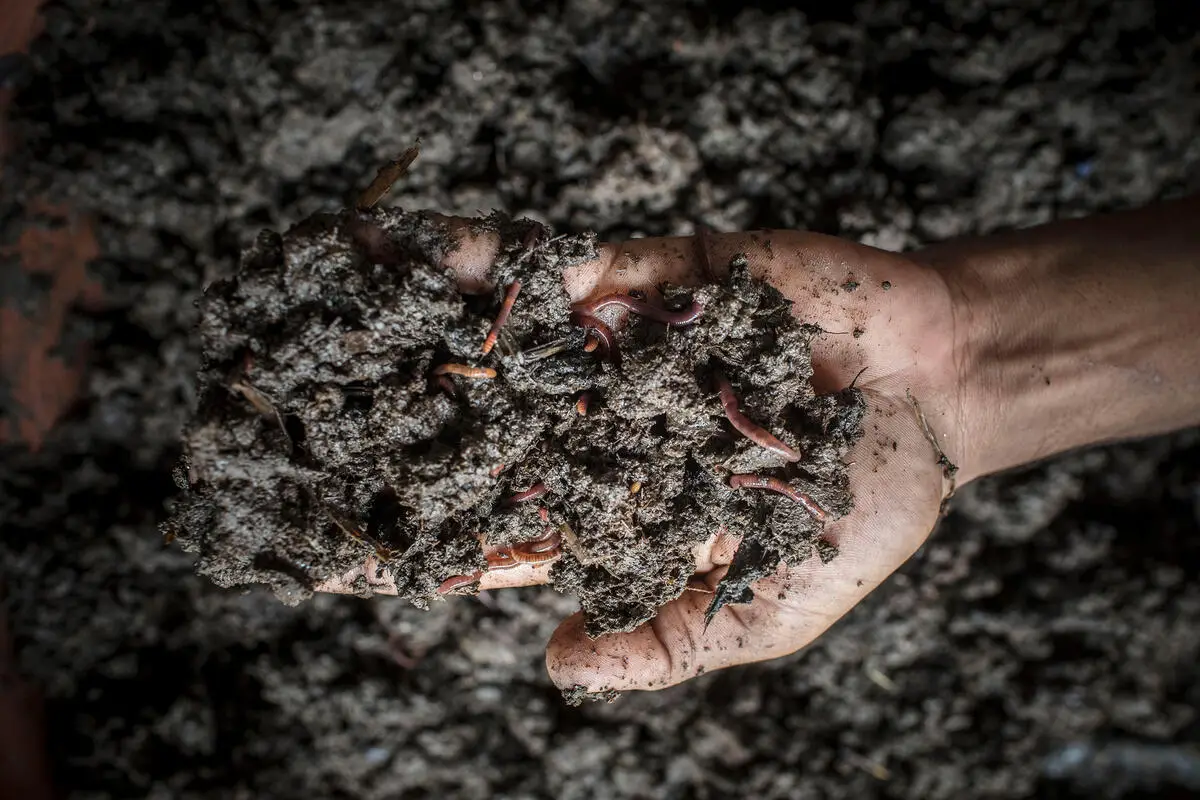
FAO: Soil biodiversity increasingly at the centre
Glosob, the body responsible for scientific collaboration and research, has been established

Efforts to measure, monitor and protect soil biodiversity worldwide will be further intensified with the establishment of the Global Soil Biodiversity Observatory (GLOSOB), led by the Food and Agriculture Organization of the United Nations (FAO), which will serve as a global hub for scientific collaboration and policy design.
Glosob was launched by FAO at COP15, where the signatories adopted the 2020-2030 Action Plan of the Convention on Biological Diversity. This plan calls for the systematic assessment and monitoring of soil biodiversity to support the implementation of the Kunming-Montreal Global Biodiversity Framework (KM-GBF).
Although several knowledge-sharing platforms and initiatives have been launched, there is currently a lack of standardized monitoring protocols and actionable strategies for integrating soil biodiversity into national policies and monitoring frameworks, according to Jacob Parnell , lead author of a new paper in Nature Ecology and Evolution (freely available until August 14). This commentary outlines the new Observatory's goals and its top-down coordination role, which includes collaboration with a number of bottom-up networks already involved in the project.
Soil biodiversity is clearly linked to agricultural soil fertility, which supports the growth of key food crops. Biotic communities living in difficult or unproductive agricultural soils—such as hyperarid, acidic, or waterlogged areas—perform an important function as genetic reservoirs. However, many of these below-ground biodiversity hotspots are located outside of surface protected areas or conservation areas. The main risks to soil biodiversity arise from extreme climate events, land degradation, deforestation, invasive species, and pollution.
More solid indicators, more laboratories and training
A key objective of Glosob is to define more effective soil biodiversity indicators by monitoring essential biodiversity variables (EBVs) at both the taxonomic and functional levels, and to develop capacity to validate policy programmes aimed at conservation and sustainable management practices, according to Parnell .
Currently, reliable data exist on soil microbial carbon distribution and soil macrofaunal communities—both factors that highlight soil quality problems—but the data base is limited beyond earthworms, nematodes, and common bacterial species. Glosob is designed as a tiered system to allow for a constant expansion of measurement capabilities, extending from soil chemical properties, enzyme activities, and monitoring decomposition patterns using leaf litter bags, and then progressively increasing to more complex components of nutrient cycling and intraspecific microbial genetic diversity through shotgun metagenomic sequencing.
To learn more, investments in laboratory facilities, training programs, and standardized monitoring frameworks will be needed to enable all countries to properly collect, analyze, and interpret soil biodiversity data. Another key step is to integrate biodiversity considerations into conventional soil surveys and national soil information systems.
EFA News - European Food Agency